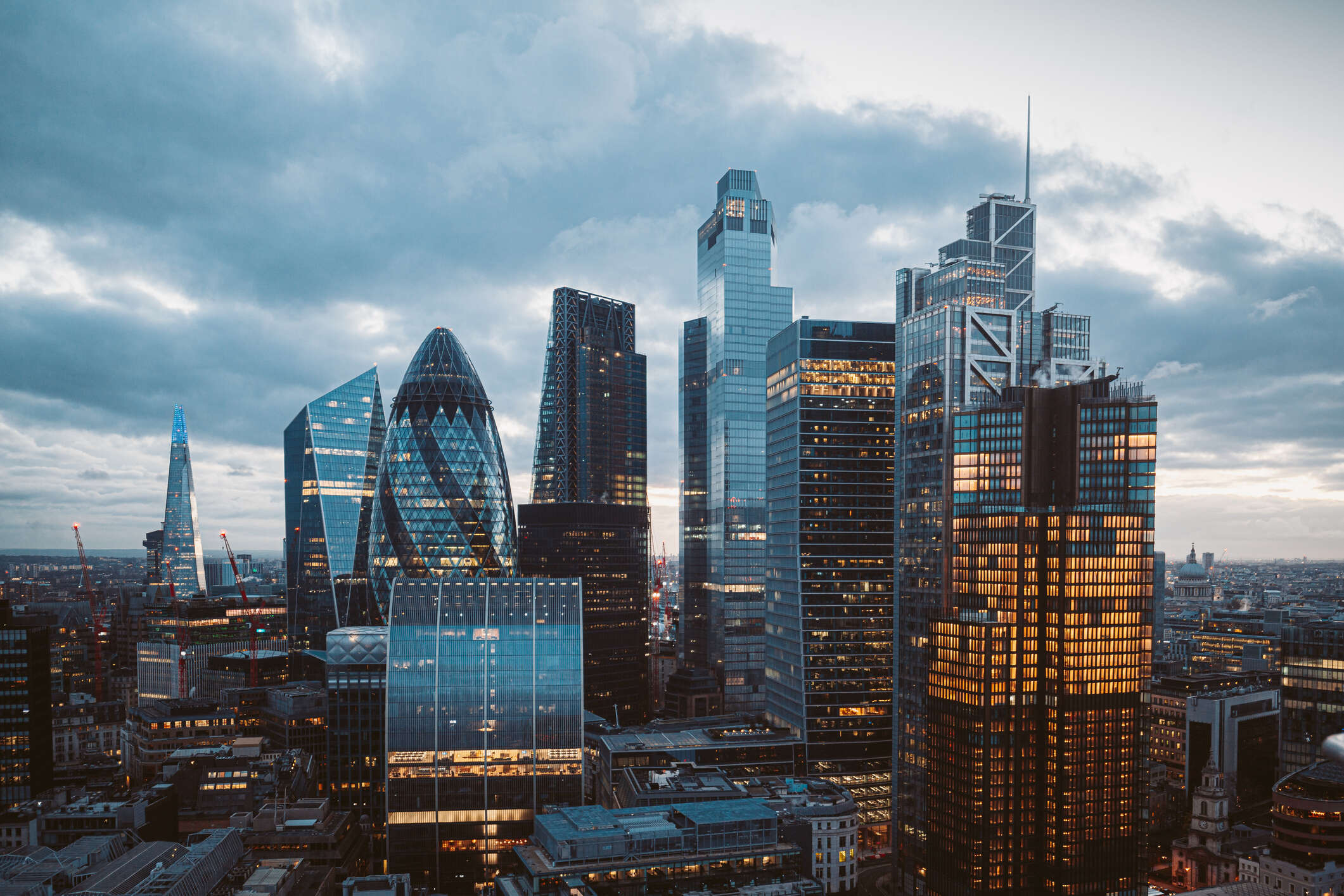
After two years of work from home mandates, the end of 2021 finally saw a strong rebound for Central London office property as people started to return to the workplace. Monthly take-up surpassed pre-pandemic levels for the first time in December 2021, and early figures from January show that trend continuing – proving the resilience of the corporate property market. Take-up will likely continue to improve now that plans to drop all remaining Covid restrictions in England have been confirmed.

Analysis by Savills found that, in December, monthly Central London office take-up rose by 32% month-on-month to reach 1.39 million square feet. Overall, 2021 saw a take-up of nine million square feet — still 21% lower than in 2019, but almost double 2020’s take-up. In January, early estimates suggest take-up of at least 536,000 square feet, a number likely to be revised afterwards as the last deals are documented, 12% high than in January 2019.
“People are back at work, and they’re back in numbers,” Philip Pearce, head of Central London Offices at Savills, said. “And it’s very noticeable in the city how it’s beginning to feel a lot more like normal, or the old normal.”
The influx of people returning to the office has combined with the demand for higher-quality office space, so competition is steep. And while many companies have significantly grown their workforce over the past two years, new building development has been slowed, creating a tight supply across the city.
Demand has been rising strongly since spring 2021, but December was the largest monthly take-up since July 2019.
There is strong demand across the city, but in many areas, supply is governing decision-making and forcing companies to look beyond their usual region. Around 45% of take-up in the second half of 2021 in the City Core Corporation area and its fringe, slightly lower than in the same period in 2019. Meanwhile, other regions have seen significant growth: Kensington and King’s Cross have seen take-up increase more than tenfold compared with 2019, while Paddington has seen take-up triple.
And this uptick in demand is coming alongside higher standards when it comes to the quality of the property. In 2019 and 2020, 79% of central London office take-up was of Grade A quality. In 2021, the amount of Grade A office take-up doubled year-on-year, accounting for nine-tenths of office take-up.
This means companies are prioritising not just the location of their office space, but also the quality of the space to make sure it is conducive to employee productivity and well-being, and the building’s energy efficiency and sustainability credentials.
“There’s a recognition amongst most occupiers that the return to nine to five, five days a week is probably never going to happen,” Pearce added. “And therefore they know they’ve got to earn somebody’s commute.”
As the conversation around remote working and hybrid working has developed, companies have had to adapt their plans and policies – some more easily than others.
As the city began to reopen in late spring 2021, smaller office spaces made up a larger proportion of deals, as smaller companies had the flexibility to adapt their working policies with the quickly changing health landscape.
But the past six months have seen a resurgence of large deals: both from larger companies committing to their hybrid working, and from companies that had downsized, and now look to reverse that decision, and in Q4, 8% of deals were for over 50,000 square feet.
This article originally appeared at Spear’s.






